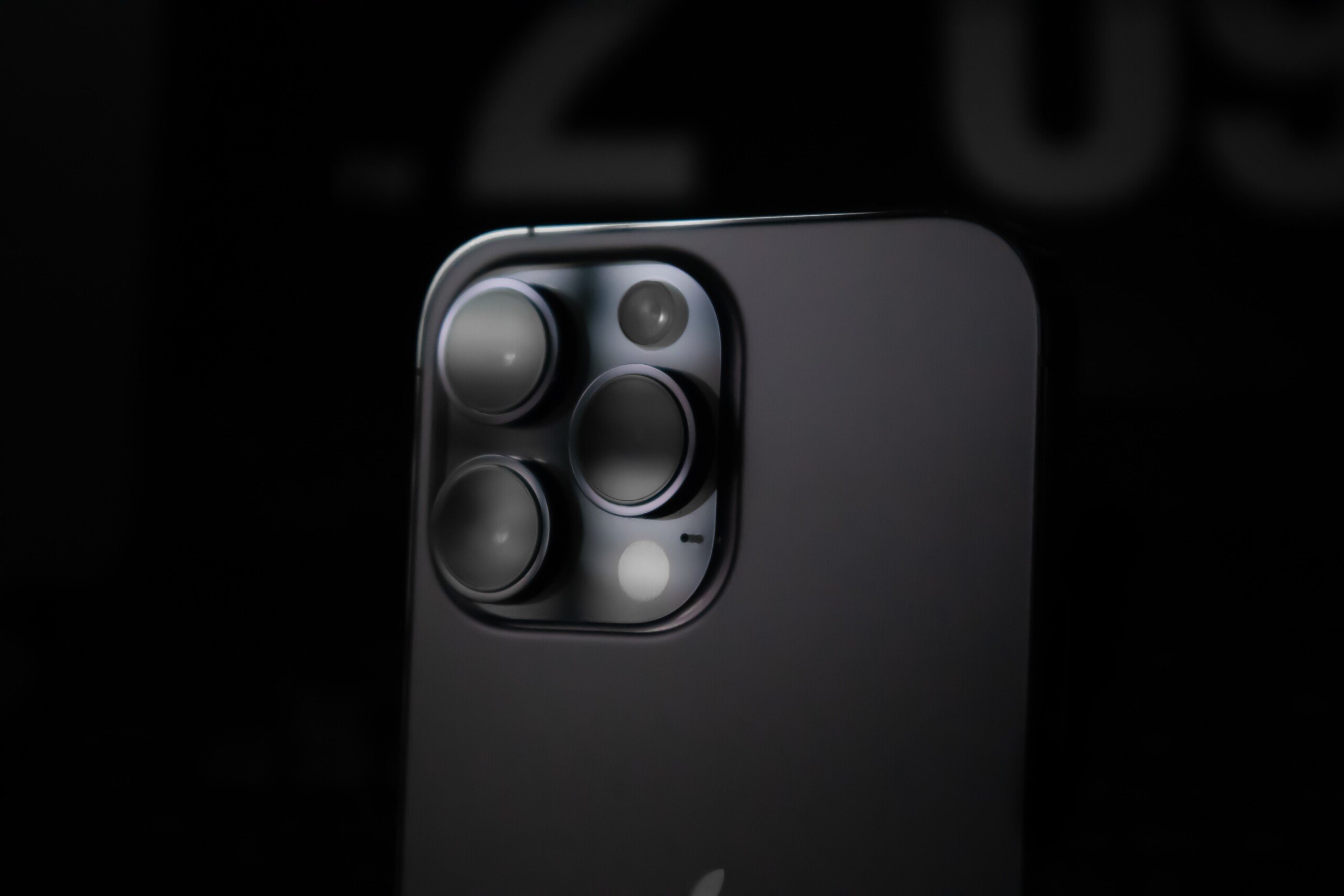Having your iPhone stolen can be a frustrating and stressful experience. Apple wants to deter thieves with this new feature.
 iPhone 14 Pro Max
iPhone 14 Pro Max
Imagine you're quietly strolling down the Grands Boulevards in Paris and suddenly your iPhone disappears. This happened to me with my iPhone X.
The Find My app can help even when the phone is turned off, but that's not always enough. Thieves are smart and know the tricks to unlock an iPhone by fraudulently recovering the Apple account password. I also received shady text messages and scam calls for three months, but I persevered and my iPhone X remained blocked even though I was traveling around Europe. But many people are fooled.
The Wall Street Journal revealed that Apple is finally addressing this issue. They have developed a new feature to increase the security of iPhones and make life difficult for thieves.
Apple's new weapon: protection against device theft
This new feature is Stolen Device Protection. Registered for iOS 17.3, it will be tested by beta testers starting Tuesday. Apple tells us: “Turn it on and you'll be safer.” Basically, when you're not at home or at work, your iPhone is locked.
Once activated, This feature restricts access to certain iPhone settings when you are away from a familiar location, such as home or work. This makes it more difficult for thieves to access certain features or sensitive information.
 Source: Apple / WSJ
Source: Apple / WSJ
If a thief tries to change your Apple ID password and you are far away from a familiar location, Your iPhone requires biometric identification (Face ID or Touch ID) and will impose a one-hour delay before this action can be taken. After this period, another biometric confirmation is required.
 Source: WSJ
Source: WSJ
Biometric identification is required to access passwords stored in iCloud Keychain. If the biometrics fail, the access code is no longer sufficient.
Other settings, such as activating a recovery key, changing a trusted or contact phone number, adding or removing Face ID or Touch ID, also require biometric double authentication with a one-hour delay.
However, This protection has its limits. A thief who has the iPhone and its passcode can still unlock the device. Applications that are not secured with an additional password or PIN, as well as accounts that can be reset via SMS or email, remain vulnerable. Additionally, Apple Pay can be used with a passcode if Face ID or Touch ID fails.
As you've probably understood, device theft protection provides an additional layer of security in the event of theft by restricting access to certain iPhone features and sensitive information, but it doesn't protect against all forms of theft. Threats.
Some tips to increase your security
So what else can we do? First, set a very complicated passcode and add PIN codes to sensitive apps. If your iPhone ever fails, go to icloud.com/find to remotely wipe your data. And when Apple introduces this new feature, you can enable it without any hesitation. It's always a good idea to annoy thieves and keep your data safe.

